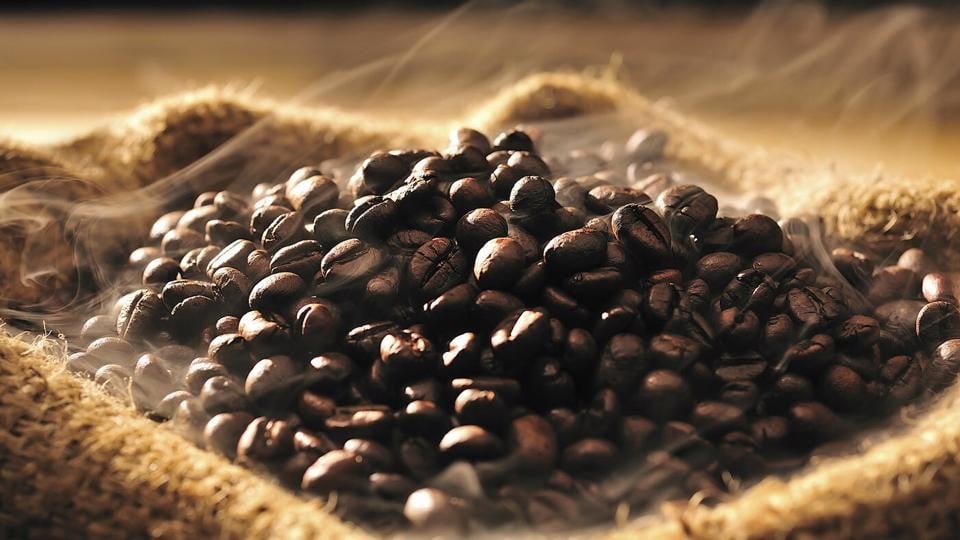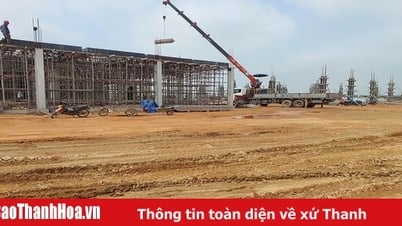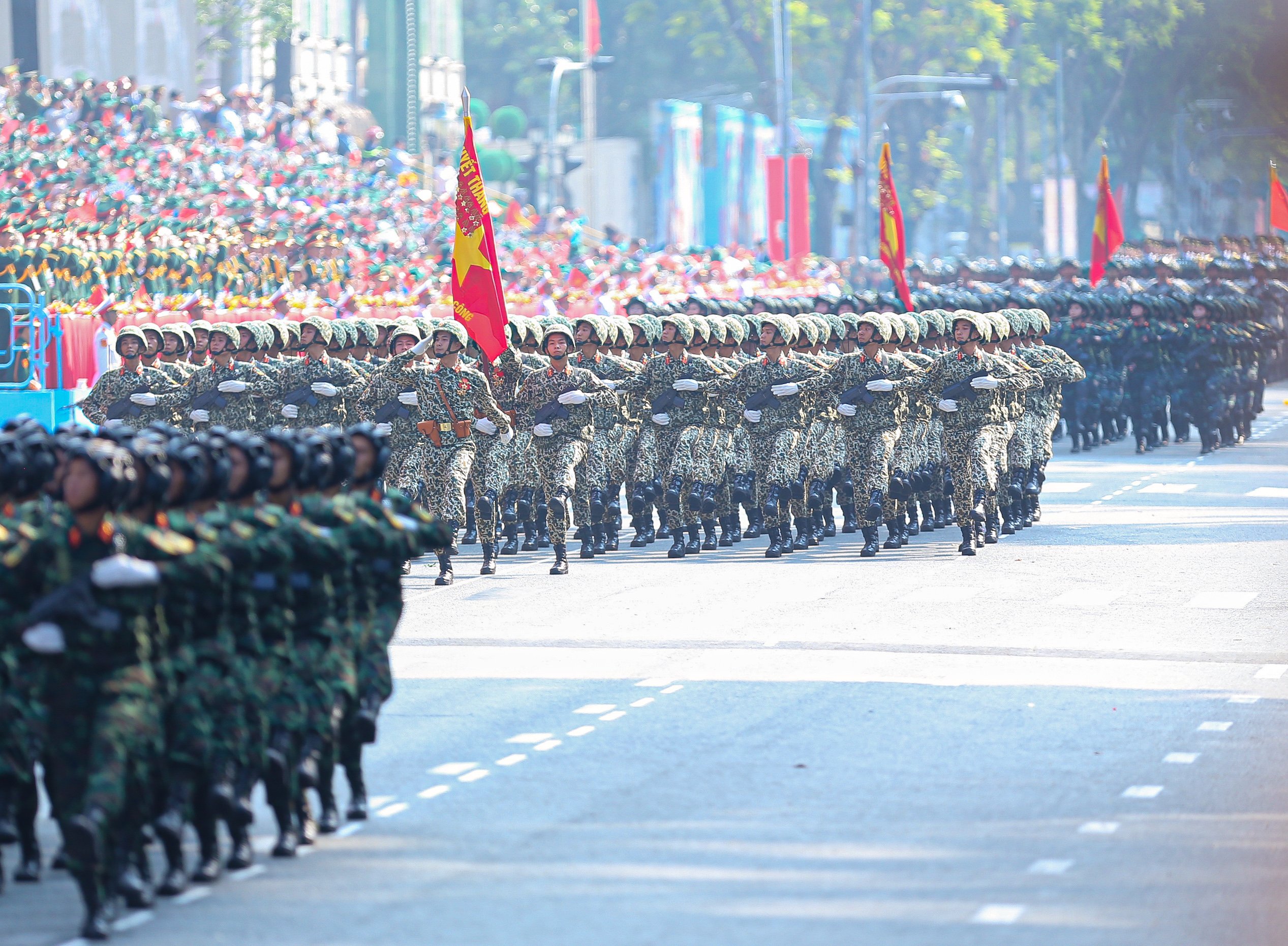Vietnam's average coffee export price in January reached 5,440 USD/ton, up 1.1% compared to December 2024 and up 78.1% compared to January 2024.
Coffee price today 2/18/2025
World coffee prices continued to fall on both the London and New York exchanges. Robusta coffee prices fell for three consecutive sessions due to selling pressure from Vietnamese growers after Tet. The New York exchange closed the first trading session of the week but kept the listed price.
Domestic coffee prices today, February 18, traded in the range of 129,300 - 131,000 VND/kg. The harvest in Vietnam has ended and farmers are selling more to take advantage of high prices on the London floor.
Selling pressure from Vietnam late last week as well as a stronger Brazilian currency sent robusta coffee prices surging early in the session before reversing course and marking a third straight session of declines. Traders said farmers in Vietnam, the world’s largest producer of robusta, were reluctant to sell in anticipation of further price gains. Speculators were also increasing their net long position in robusta, which is now at a four-month high.
Arabica coffee prices are still supported by limited supplies and are expected to tighten further due to forecasts of lower output in top producer Brazil in the upcoming 2025-2026 crop season.
While arabica coffee prices have hit record highs as investors have rushed to buy, a stronger Brazilian currency against the dollar has supported prices. However, many coffee farmers in Brazil are also holding back sales in anticipation of higher prices. Conab, the Brazilian government ’s agricultural forecasting agency, has cut its estimate of Brazil’s 2024 coffee production to 54.2 million bags, down 1.1% from its September 2024 forecast of 54.8 million bags.
In 2025, the La Nina phenomenon is expected to replace El Nino, which could affect Brazil’s coffee growing regions. This increases the risk of frost, which could destroy coffee trees and severely impact expected production. In the 2025-2026 crop year, the country’s coffee production is forecast to fall to a three-year low.
Another factor supporting coffee prices since the beginning of the year is the possibility of the US imposing tariffs on South American goods due to President Trump’s new policies. At that time, coffee from Brazil, Colombia, Peru, etc. will become more expensive, creating an advantage for Vietnamese coffee.
 |
| Domestic coffee prices on February 17 increased by VND800 - 1,000/kg in some key purchasing localities. (Source: Kitco) |
According to World & Vietnam , at the end of the trading session on February 17, the price of robusta coffee on the ICE Futures Europe London for delivery in March 2025 decreased by 37 USD, trading at 5,698 USD/ton. The delivery in May 2025 decreased by 46 USD, trading at 5,680 USD/ton. The average trading volume was low.
Arabica coffee prices on the ICE Futures US New York exchange, delivery term March 2025, turned down sharply by 19.15 cents, trading at 419.75 cents/lb. Meanwhile, delivery term May 2025 decreased by 17.70 cents, trading at 407.40 cents/lb. Trading volume was high.
Domestic coffee prices on February 17 increased by VND800 - 1,000/kg in some key purchasing localities. Unit: VND/kg
(Source: giacaphe.com) |
The Vietnam Trade Office in Sweden (also in charge of Denmark and Iceland) said that coffee prices are expected to increase sharply at least twice this year. The main reason is the harsh weather in Brazil - the world's largest coffee producer, which has led to increasingly poor harvest yields.
Arabica beans, the most popular bean in Sweden, are very sensitive to climate change. However, these regions, especially in Brazil, Africa and Asia, are being severely affected by climate change.
Green coffee prices increase from January 2024 and continue to increase rapidly in November and December 2024, increasing by 75% in 2024 - reaching a 50-year high, while the cost of green coffee accounts for about 70% of the production cost, this price shock will directly affect retail prices. The situation is aggravated by the depreciation of the Swedish krona (the trading unit of green coffee) against the USD.
The Vietnam Trade Office in Sweden believes that this is the right time and a great opportunity for Vietnamese robusta. Sweden mainly consumes Arabica coffee, while Vietnam – the world’s second largest coffee producer – is famous for Robusta beans.
Robusta is cheaper, more climate-resistant than Arabica and is often used in instant coffee. The rise in global Arabica prices has opened up a big opportunity for Vietnamese exporters as demand shifts to more economical alternatives.
Faced with this opportunity, the Trade Office believes that although Sweden and the Nordic countries prioritize arabica, high arabica prices could prompt importers to seek more reasonably priced robusta supplies.
Therefore, Vietnamese enterprises should promote Robusta as a quality alternative at a lower price. At the same time, enterprises need to improve the quality of Robusta. To meet the tastes of Northern European consumers, it is necessary to invest in high-quality Robusta varieties, reduce the bitter taste, increase the aroma and apply sustainable farming standards, as well as promote international brands and certifications.
Certifications such as Rainforest Alliance or Fair Trade will help Vietnamese coffee penetrate deeper into the European market. On the other hand, combining the story of sustainable products and environmental protection can attract consumers.
In addition, businesses need to diversify their products. Developing blended coffee products (a blend of Arabica and Robusta) can create a bridge to suit the tastes of the Nordic market.
Source: https://baoquocte.vn/gia-ca-phe-hom-nay-1822025-gia-ca-phe-arabica-tut-doc-robusta-giam-phien-thu-ba-lien-tiep-deu-gi-dang-xay-ra-304652.html


















































































![[OCOP REVIEW] Tu Duyen Syrup - The essence of herbs from the mountains and forests of Nhu Thanh](https://vphoto.vietnam.vn/thumb/402x226/vietnam/resource/IMAGE/2025/6/5/58ca32fce4ec44039e444fbfae7e75ec)






Comment (0)